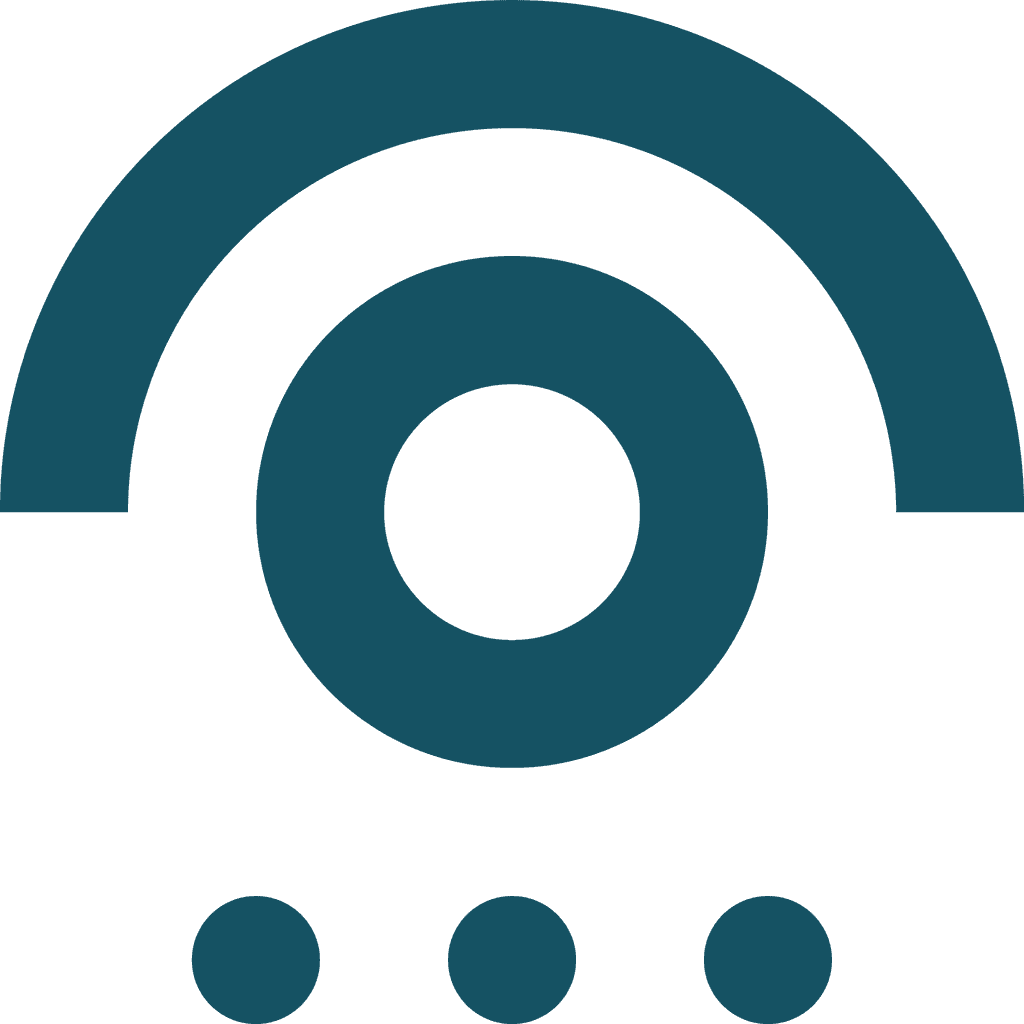A Brief History: The Dark Web
Feb 6, 2025

An estimated 90% of posts on Dark Web forums are from buyers looking to contract someone for cybercrime!
Often uttered in hushed tones, the Dark Web is a part of the Internet that is intentionally hidden and not indexed by traditional search engines. It requires specific software, such as Tor (The Onion Router), to access. On the Dark Web, users can remain anonymous, and activities are often encrypted for privacy. While the Dark Web itself is not inherently illegal, it is known for hosting various illegal activities, such as the sale of drugs, hacking tools, stolen data, and other illicit goods and services.
Let’s break down its history…
1960s: The idea of an anonymous online communications network, named ARPANET, or Advanced Research Projects Agency Network, is created which is the core of what the Dark Web is.
1970s: The facilitation of the first illegal online transaction using ARPANET happens according to some experts, a student allegedly used the network to arrange a cannabis sale.

1980s: Data Havens. Along with the surge in Internet usage from 1983, inquiries arose regarding the best storage location for the growing volume of data. In response, the concept of “data havens” emerged. Much like tax havens, data havens operated by allowing substantial amounts of data to be relocated to countries with lenient regulations, shielding it from the scrutiny of domestic governments. The emergence of data havens reflected a growing unease about online privacy.
1990s: Internet becomes popular and Napster is born. The 1990s is famous for the Internet boom and the Dot-Com Bubble. Soon, illegally shared music appeared on forums and Napster, a music sharing site, experienced rapid growth. Although not a direct contributor to the Dark Web (which existed before Napster), the file-sharing culture and technology that emerged with services like Napster did contribute to a broader understanding and acceptance of online file sharing. This evolution played a role in shaping the landscape of internet-based activities, including those on the Dark Web, which became a space where illegal activities, including the exchange of copyrighted materials, took place.

2000: Release of Freenet. In 2000, Freenet, a free software enabling anonymous file sharing, browsing, and publishing of “freesites,” was launched. Freenet played a substantial role in fuelling the desire for anonymous Internet access.
2002: Release of Tor. The Dark Web’s history is incomplete without mentioning Tor, a crucial player in its establishment. In 2002, Tor, an encrypted Internet network, was introduced, revolutionising the online landscape. Tor allowed people to browse the Internet freely and anonymously, unveiling the hidden side of the web. Despite the creators’ good intentions, they couldn’t predict the widespread impact on criminal activities. The advent of private browsing networks like Tor led to the proliferation of dark websites and a growing community. While some dark websites aimed to aid those facing government oppression, the allure of anonymous browsing contributed to an increase in illegal content hosted on these platforms.
2009: The Release of Bitcoin. Prior to the advent of cryptocurrency, conducting illicit transactions on the Dark Web posed challenges. This was mainly due to the distance between customers, who could be located thousands of miles apart, and the mutual reluctance to use credit cards or PayPal for transactions, as these methods created traceable paper trails.

2013: Silk Road Shutdown. In 2011, a blog linked to Gawker exposed the Silk Road, a Dark Web marketplace that simplified the process of buying and selling illegal drugs. The exposé inadvertently increased the Silk Road’s popularity, leading to a surge in sales. However, the FBI eventually caught wind of it and launched a campaign to close it down. In 2013, the FBI successfully carried out a sting operation, marking a historic moment as the Silk Road had amassed nearly a million users at its peak.
2015: Playpen shutdown. In 2015, the dark website Playpen, known for distributing child pornography and boasting up to 150,000 users, was successfully shut down. This closure resulted from a collaborative effort involving the FBI and international agencies. Despite its cessation, Playpen’s popularity underscored the alarming demand for illegal content, even of the most reprehensible nature, on the Dark Web…. Scary stuff.
‘But, how does the Dark Web affect me?’ You ask…
A threat actor is person or a group of individuals who threaten to take advantage of your personal and financial information or even simply harm your devices, networks and systems. Often threat actors obtain or sell lists of personal data on the Dark Web, depending on their motivations, some of which include financial gain, espionage, exposing confidential information, revenge and at times to harm an organisation’s reputation.
In the future, the popularity of selling personal information may rise, providing criminals with lucrative opportunities.
While the Dark Web poses risks to personal data safety, you can enhance protection by getting yourself equipped with knowledge and understanding of how to navigate the digital landscape.
Your safety online is more important than you may think!
For more information or to discuss ways you can protect yourself, reach out to us by clicking here.
Stay vigilant, stay updated, and most importantly, stay secure!
